The low cholesterol diet has always been the talk of the town. This diet aims primarily to reduce caloric intake, often hypercholesterolemia being associated with obesity. Truth be told, it is now scientifically proven that excess cholesterol in the blood exacerbates atherosclerosis, deposits on the arterial walls and reduces their diameter, hence increasing the risk of severe cardiovascular diseases like a heart attack or stroke.
In actual, the link between diet and blood cholesterol is still unclear. Some people maintain normal blood cholesterol despite regular blood intake despite high dietary intake, while others consume little cholesterol but have low blood cholesterol levels.
How does food cholesterol affect blood cholesterol levels? Not as much as one might think. Dietary cholesterol has a modest but significant contribution to raising blood cholesterol. At present, there is no doubt that what we eat influences the level of fat in the blood, especially in people with a genetic predisposition to dyslipidemia.
People with an unbalanced lipid profile should always limit their dietary intake of fat and cholesterol, while the rest are advised to be moderate. In this article, we will dive deep into the low cholesterol diet, discuss various healthy food options available as well as share important tips to maintain stay healthy.
IMPORTANCE OF LOW CHOLESTEROL DIET
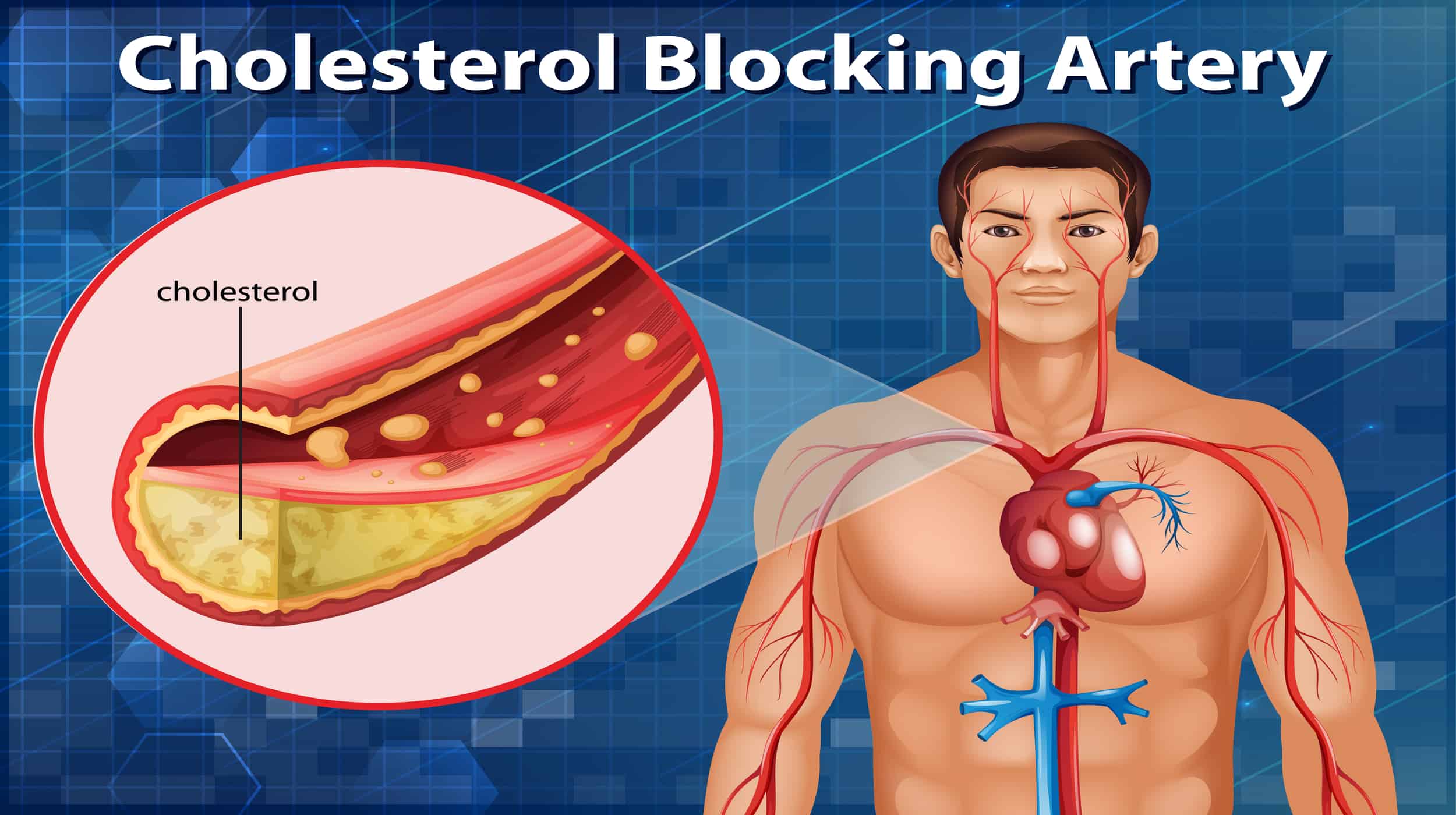
The distinction between the two types of cholesterol (HDL, LDL) begins with the differentiation between the three dietary fats: saturated fats, trans fats and unsaturated fats.
Saturated fats most often come from animal sources and are usually solid at room temperature, an example being butter. The particles of these types of fats have unique connections between molecules and “saturate” with hydrogen molecules. These fats increase “bad” cholesterol levels and are unhealthy for the body, causing fat deposits on the internal organs.
Trans fats are fats artificially enriched with hydrogen in a process called hydrogenation to give them stability and increase their shelf life. They are found in products such as margarine, fast food and pastries. They are considered the most harmful forms of fat, causing cardiovascular system problems or even cancer.
On the other hand, unsaturated fats are those particles without hydrogen atoms, so healthier. Most often, they come from plant sources and are usually liquid at room temperature. They help lower cholesterol and triglycerides and protect the health, the best-known example being Omega 3. The most important sources are fatty fish, nuts and seeds.
Cholesterol and triglycerides are an essential part of lipoproteins molecules, ensuring the transport of lipids in the blood. When there is a low density of lipoproteins in small particles, we talk about bad cholesterol or LDL. When the density of lipoproteins is high, and the particles are large, we are dealing with good cholesterol or HDL. When bad LDL cholesterol oxidizes inside the arterial walls, it can cause atherosclerosis, a condition in which the arteries narrow due to lipid deposits. Atherosclerosis is one of the leading causes of heart attack and stroke.
Good cholesterol HDL is transported through the blood faster, and because the particles are more significant, it does not deposit on the arterial walls. This type of cholesterol protects the cardiovascular system by transporting lipids to the liver, where they are synthesized. As such, it is of paramount importance to consume a low cholesterol diet to foster organ health and stay healthy.
LOW CHOLESTEROL DIET COMPOSITION
It is known that the most significant impact on the level of LDL cholesterol has saturated and trans fats, present in large quantities in the diet of modern man. In addition to saturated fat intake, adequate dietary fiber intake, phytosterols and some vitamins appear to affect cholesterol levels. The following highlights various elements that should be taken into account in the low cholesterol diet:
Introduction of Unsaturated Fats
It is a well-known fact that eating fish or nuts has many health benefits, such as preventing cardiovascular disease, various cancers, dementia, psychosis, and joint disease. By consuming ocean fatty fish, a complete profile of fatty acids, vitamin D, selenium and multiple co-factors is brought into the body. More importantly, the fat of ocean fish activates the more efficient absorption of EPA (eicosapentaenoic acid) and DHA (docosahexaenoic acid), fatty acids with hypocholesterolemic effect.
Comparing the bioavailability of EPA and DHA in fish oil from supplements with that brought about by consuming fish meat for six weeks, a plasma concentration of these two fatty acids was found to be up to nine times higher in fish meat consumers. Given these aspects, those who suffer from cardiovascular, osteoarticular, inflammatory or mental disorders, it is recommended to eat fatty ocean fish 2-3 times a week.
Intake of Dietary Fiber
Soluble dietary fiber is known to have a lowering effect on plasma cholesterol. The introduction of a higher amount of foods rich in soluble fiber in the diet affects lowering total cholesterol and LDL cholesterol and reducing the risk of cardiovascular disease, whether they are used as a single intervention or other nutritional interventions are associated.
There are several mechanisms by which soluble fiber manifests its cholesterol-lowering effects. Soluble fiber can bind bile acids and cholesterol in the gut, resulting in increased excretion of bile acids and regulation of LDL cholesterol.
Other mechanisms suggested by the scientific literature for cholesterol-lowering effects are: inhibition of hepatic fatty acid synthesis by fiber intestinal fermentation products (short-chain fatty acids); the mechanism of change in intestinal motility; delayed absorption of macronutrients and the faster and longer-term onset of satiety.
Prolonging the feeling of satiety is an indirect way of reducing cholesterol exerted by soluble fiber. A sense of long-term satiety causes a decrease in caloric intake, implicitly and dietary fatty acids. Diets high in soluble fiber significantly lower total cholesterol and LDL-cholesterol, but it also seems to have an undesirable effect of lowering HDL-cholesterol. However, the impact on HDL cholesterol is not large, being at the limit of statistical significance.
Beta-glucan is a type of soluble fiber that predominates in oats and rye and among the most studied. Currently, most food safety authorities recognise the effect of beta-glucan on total cholesterol and LDL-cholesterol, so many oat products may specify their cholesterol-lowering effect on the packaging.
The recommendation of the consumption of soluble fiber in patients undergoing drug treatment is a practice that should be encouraged even if additional reductions in cholesterol attributed to soluble fiber are not directly observed. A daily intake of 25g of fiber per day seems to act indirectly on lowering plasma cholesterol by decreasing daily caloric intake, which leads to lower body weight and lower blood sugar.
Consume Plant Sterols
Phytosterols are plant sterols similar in structure to cholesterol, which act on the intestine by replacing cholesterol in the mycelium, reducing its absorption into the blood. At least 2g of phytosterols in the daily diet can reduce LDL-cholesterol by 10%, thus having an important contribution in reducing the risk of cardiovascular disease.
The effectiveness of phytosterols varies interindividual depending on the rate of absorption/endogenous cholesterol synthesis. Individuals who have a higher absorption of cholesterol than its endogenous synthesis seem to benefit more from the hypocholesterolemic effects of phytosterols.
The most common phytosterols in the diet are beta-sitosterol, campesterol and stigmasterol. Natural sources of phytosterols include wheat germ oil, olive oil, soybean oil, corn oil, sesame seeds, nuts and some fruits, such as oranges and figs. The amount of phytosterols naturally present in the diet is small enough to exert therapeutic effects, obtain plasma cholesterol-lowering effects, and use phytosterol supplements.
The hypocholesterolemic effect is more significant among patients with high LDL-cholesterol levels. Also, the cholesterol-lowering effect is higher among the elderly compared to the young. The dosing schedule may also influence the effect of phytosterols. Multiple doses (2-3) during the day or a single dose in the afternoon are more effective than a single dose in the morning.
Efficiency is also improved by the foods with which it is administered, so spreadable fats (butter, cream cheese), milk and yoghurt are the best “carriers”. Phytosterols can also be used as adjuvants in drug treatment with statins, resulting in a significant additional decrease in plasma cholesterol compared to drug therapy without supplementation with phytosterols.
Intake Foods Rich In Niacin
Nicotinic acid or vitamin B3 (niacin) has been associated with an increase in HLD-cholesterol and a significant decrease in LDL cholesterol and triglycerides. These beneficial effects occur at much higher doses than the recommended daily dose (14-16 mg/day) of vitamin B3, more precisely at 2g of nicotinic acid per day. Food rich in niacin is seafood, beans, lentils, nuts and seed, soy products, fish meat, etc.
LOW CHOLESTEROL BREAKFAST FOOD OPTIONS
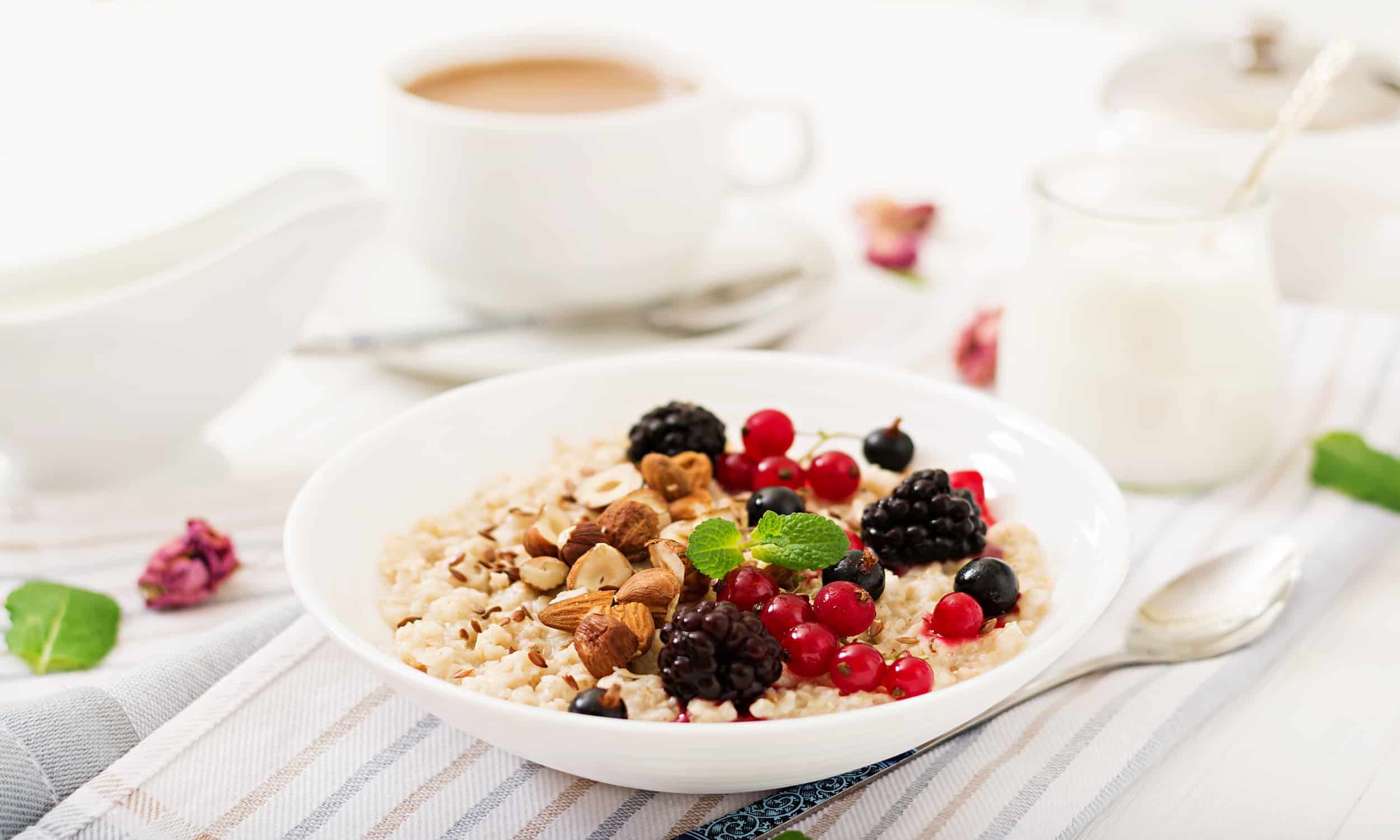
There are many ways to lower your cholesterol from the first meal of the day, breakfast. Just make a few simple changes to your diet. In addition to being one of the most important meals of the day, breakfast is the time when your body is more receptive to the absorption of certain nutrients from food.
The basic principle for lowering cholesterol is adequate sources of vitamins, minerals and healthy enzymes. Here are some examples of foods that will help reduce your cholesterol levels:
Oatmeal with Fruits and Nuts
Oats are one of the best foods to reduce bad cholesterol (LDL) through their high content of soluble fiber. An amount between 5 and 10 grams (or more) of soluble fiber per day lowers LDL cholesterol. A serving of oatmeal or oat bran provides 3 to 5 grams of fiber. If you add fruit and nuts (almonds, caju nuts, Brazilian nuts, etc.), you will get even more fiber.
Rye Bread with Olive Oil and Avocado
If you want to lower your cholesterol, eat rye bread. Of all the bread varieties, the one made from rye contains the most fiber and nutrients. It is a perfect blend of iron and B vitamins, excellent nutrients to regulate your cholesterol level. In addition, for an even healthier breakfast, eat rye bread with a bit of extra virgin olive oil. Extra virgin olive oil is rich in monounsaturated fatty acids (oleic acid), vitamin E and phytosterols, compounds with a cholesterol-lowering effect.
This mixture of toast, bread and avocado puree may be the trendiest choice for breakfast right now, but it has a high level of health. A 2015 study in the Journal of the American Heart Association found that consuming avocado lowered LDL cholesterol in overweight or obese people.
Almond Milk
Salmon Sandwiches
OTHER HEALTHY WAYS TO REDUCE CHOLESTEROL LEVEL
Get moving – Physical activity plays a significant role in lowering cholesterol levels. You can start by walking more every day, taking the stairs instead of the lift, or taking outdoor walks. Other options include cycling, swimming, tennis or even running. The World Health Organization recommends 30 minutes of brisk walking a day, at least five times a week.
Get rid of extra pounds – Obese people always have high cholesterol levels. Weight loss is the first step towards reducing cholesterol and improving the health of the cardiovascular system.
Avoid frying – Try to use other healthier cooking methods (grilled, steamed, baked).
Quit smoking – Smoking and the other harmful effects it has on the body promotes atherogenesis.
Reduce stress – Daily stress has a negative impact on cholesterol levels. You can try breathing exercises, yoga, pilates or meditation.
KEY TAKEAWAYS
Avoid foods that contain saturated fats (bacon, ham, butter, sour cream) and trans fats (margarine, fast food and pastries) for breakfast.
Eat healthy high-fat foods for breakfast, such as seafood, avocados, seeds, nuts (almonds, cashews, pecans, pumpkin seeds, etc.).
Eat oatmeal and rye bread because they contain many dietary fiber that helps lower blood cholesterol levels.
Use wheat germ oil, olive oil, soybean oil, corn oil or sesame seeds because they contain phytosterols with a cholesterol-lowering effect.
Eat seafood, beans, lentils and soy products because they contain niacin, the vitamin responsible for lowering bad LDL cholesterol and raising good HDL cholesterol.
Article Sources
HealthxTips is committed to delivering content that adheres to highest standard for accuracy, sourcing and objective analysis.
HealthxTips uses only high-quality and trustworthy sources to support the facts in our articles.
1. Brown, L., Rosner, B., Willett, W. W., & Sacks, F. M. (1999). Cholesterol-lowering effects of dietary fiber: a meta-analysis. The American journal of clinical nutrition, 69(1), 30–42. https://doi.org/10.1093/ajcn/69.1.30
2. Gupta, A. K., Savopoulos, C. G., Ahuja, J., & Hatzitolios, A. I. (2011). Role of phytosterols in lipid-lowering: current perspectives. QJM : monthly journal of the Association of Physicians, 104(4), 301–308. https://doi.org/10.1093/qjmed/hcr007
3. Li, W. (2015). Effect of a moderate fat diet with and without avocados on lipoprotein particle number, size and subclasses in overweight and obese adults: A randomized, controlled trial. Journal of the American Heart Association. https://www.ahajournals.org/doi/10.1161/JAHA.114.001355
4. Mani, P., & Rohatgi, A. (2015). Niacin Therapy, HDL Cholesterol, and Cardiovascular Disease: Is the HDL Hypothesis Defunct?. Current atherosclerosis reports, 17(8), 43. https://doi.org/10.1007/s11883-015-0521-x
5. Ostlund R. E., Jr (2004). Phytosterols and cholesterol metabolism. Current opinion in lipidology, 15(1), 37–41. https://doi.org/10.1097/00041433-200402000-00008
6. Ramos, S. C., Fonseca, F. A., Kasmas, S. H., Moreira, F. T., Helfenstein, T., Borges, N. C., Moreno, R. A., Rezende, V. M., Silva, F. C., & Izar, M. C. (2011). The role of soluble fiber intake in patients under highly effective lipid-lowering therapy. Nutrition journal, 10, 80. https://doi.org/10.1186/1475-2891-10-80
7. Visioli, F., Risé, P., Barassi, M. C., Marangoni, F., & Galli, C. (2003). Dietary intake of fish vs. formulations leads to higher plasma concentrations of n-3 fatty acids. Lipids, 38(4), 415–418. https://doi.org/10.1007/s11745-003-1077-x
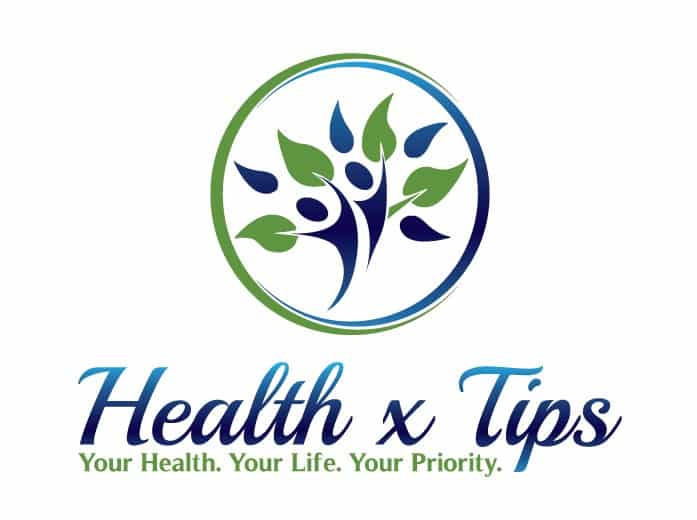

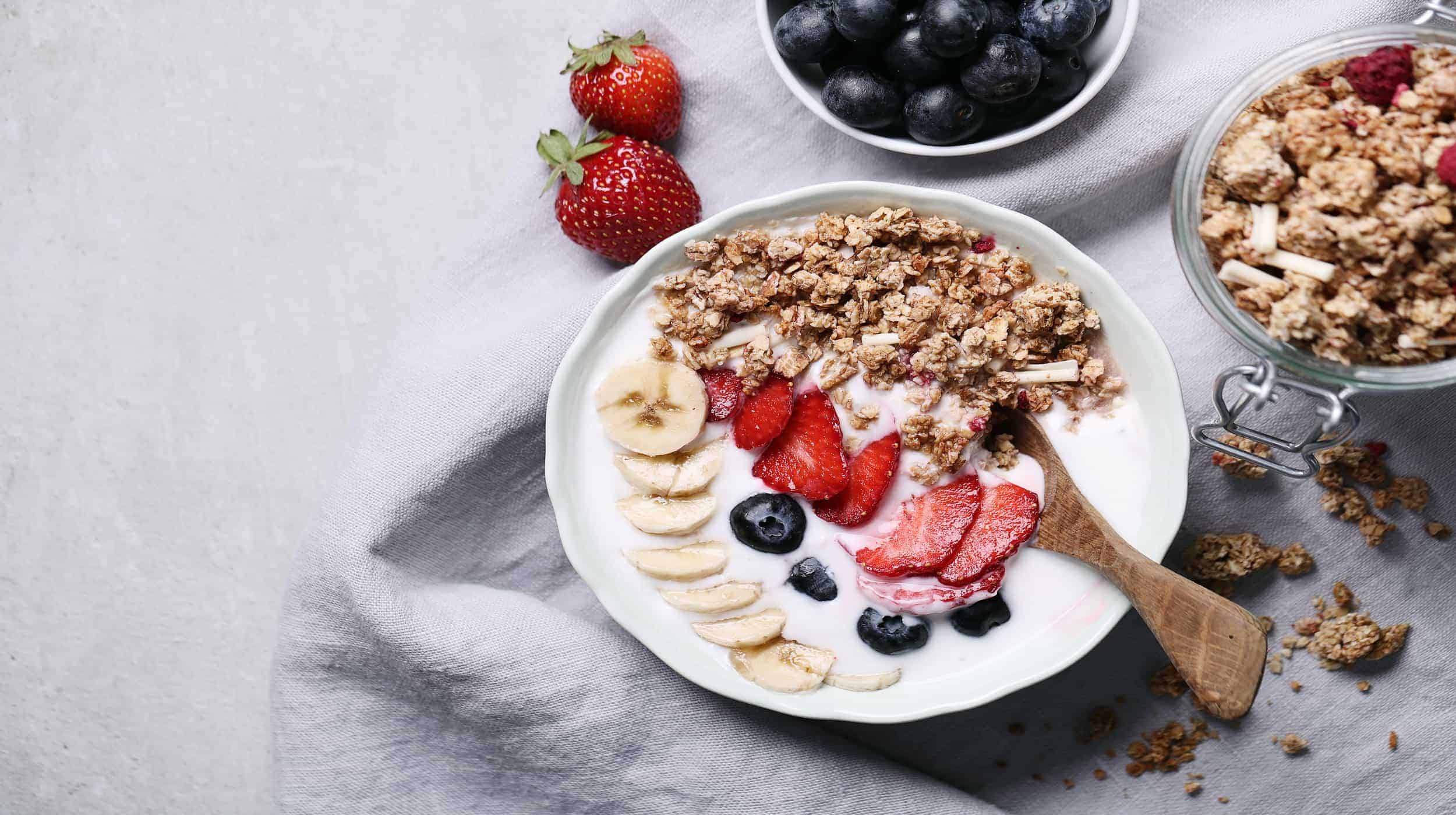


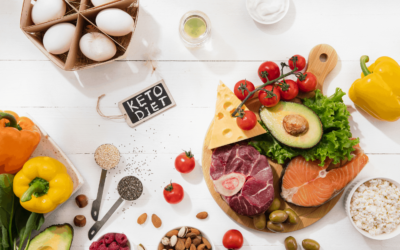
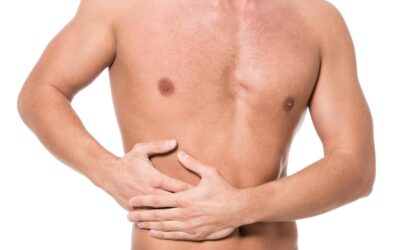
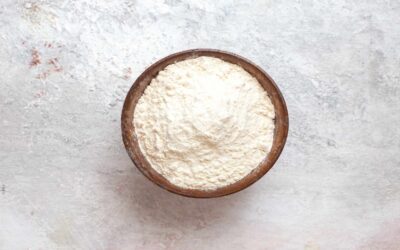
0 Comments